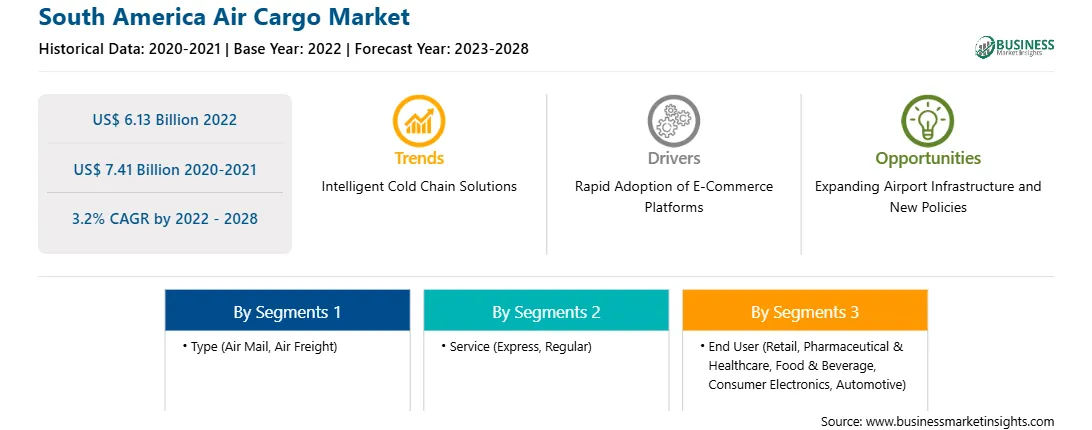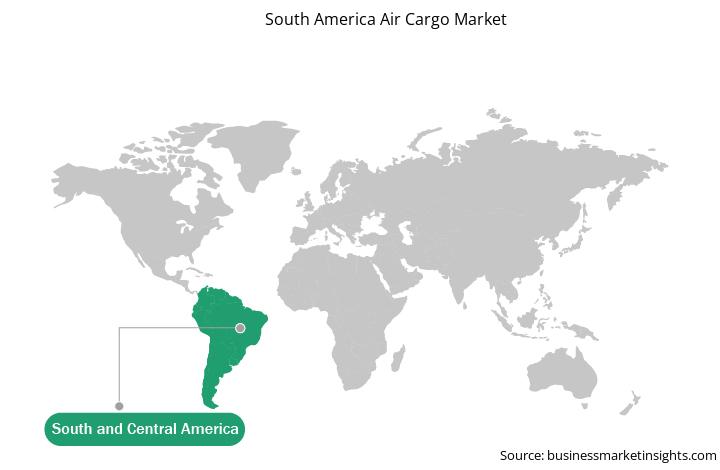Intelligent cold chain solutions are anticipated to provide the airlines with ability to manage sensitive cargo throughout the entire course of the supply chain. New developments in climate control, as well as heating and cooling, will enable modern cool chain services to protect their clients’ cargo. A good end-to-end intelligent cool chain solution will provide the IT tools required to make sure that temperature-sensitive cargo is handled appropriately and arrives at its destination on time. It should also mark a product as temperature controlled and allow staff to configure specific requirements the shipment may be subject to. In addition, next-generation platforms can also indicate what sustainable thermal packaging may be available for the product or commodity being shipped. It should also auto-stamp any temperature-sensitive cargo with the appropriate special handling code (SHC) to make sure that ground and ramp handling personnel are aware of the shipment’s handling requirements. Based on an item’s SHC and special handling instructions, ground personnel can quickly identify sensitive cargo for special treatment. Several companies are engaged in developing cool chain solutions that will provide growth opportunity for market soon.
The air cargo market in South America is segmented into Brazil, Argentina, and Rest of South America. The recent technological developments have had a direct impact on the economy of Brazil and Argentina. A recent study says that government enterprises, businesses, and consumers in the region are keen to implement and incorporate the upcoming technologies due to the changing economic condition in South America. This can be mainly attributed to cost saving advantages and higher work efficiencies achieved by deploying advanced technologies. Brazil is one of the fastest-growing countries in terms of urbanization. The governments of other emerging economies in South America are taking several initiatives to encourage industrial growth. For instance, Argentina is concentrating on attracting FDIs by taking several initiatives such as signing international bilateral agreements and lifting restrictions on foreign investment. These steps are anticipated to catalyze the development of businesses in South American countries and trigger the trade activities. Industries such as automotive, manufacturing, electronics, food & beverages, and aerospace are embracing supply chain management solutions to ensure greater efficiency while reducing operational costs. This further bolsters the demand for air cargo transportation in South America. According to International Air Transport Association (IATA) report of March 2021, the Latin American airlines remained at the bottom of the growth chart, with ~24% decline in international cargo tonne-kilometers (CTKs) compared to the CTKs in March 2019. The region’s demand recovery has been stalling since Q3 2020 and the already weak supply has started to deteriorate recently (-4.3%m-o-m in March 2021).
Strategic insights for the South America Air Cargo provides data-driven analysis of the industry landscape, including current trends, key players, and regional nuances. These insights offer actionable recommendations, enabling readers to differentiate themselves from competitors by identifying untapped segments or developing unique value propositions. Leveraging data analytics, these insights help industry players anticipate the market shifts, whether investors, manufacturers, or other stakeholders. A future-oriented perspective is essential, helping stakeholders anticipate market shifts and position themselves for long-term success in this dynamic region. Ultimately, effective strategic insights empower readers to make informed decisions that drive profitability and achieve their business objectives within the market. The geographic scope of the South America Air Cargo refers to the specific areas in which a business operates and competes. Understanding local distinctions, such as diverse consumer preferences (e.g., demand for specific plug types or battery backup durations), varying economic conditions, and regulatory environments, is crucial for tailoring strategies to specific markets. Businesses can expand their reach by identifying underserved areas or adapting their offerings to meet local demands. A clear market focus allows for more effective resource allocation, targeted marketing campaigns, and better positioning against local competitors, ultimately driving growth in those targeted areas.South America Air Cargo Strategic Insights

South America Air Cargo Report Scope
Report Attribute
Details
Market size in 2022
US$ 6.13 Billion
Market Size by 2028
US$ 7.41 Billion
Global CAGR (2022 - 2028)
3.2%
Historical Data
2020-2021
Forecast period
2023-2028
Segments Covered
By Type
By Service
By End User
Regions and Countries Covered
South and Central America
Market leaders and key company profiles
South America Air Cargo Regional Insights

The South America air cargo market is segmented based on type, service, end user, and country.
Based on type, the South America air cargo market is segmented into air mail and air freight. The air freight segment held a larger South America air cargo market share in 2022.
Based on service, the South America air cargo market is segmented into express and regular. The regular segment held a larger South America air cargo market share in 2022.
Based on end user, the South America air cargo market is segmented into retail, pharmaceutical & healthcare, food & beverage, consumer electronics, automotive, and others. The others segment held the largest South America air cargo market share in 2022.
Based on country, the South America air cargo market has been categorized into Brazil, Argentina, and the Rest of South America. Our regional analysis states that Brazil dominated the South America air cargo market in 2022.
Cargolux; Cathay Pacific Airways Limited; DHL International GmbH (Deutsche Post DHL Group); Emirates SkyCargo; Etihad Cargo; FedEx Corporation; Lufthansa Cargo AG; and United Parcel Service of America, Inc. are the leading companies operating in the South America air cargo market.
The South America Air Cargo Market is valued at US$ 6.13 Billion in 2022, it is projected to reach US$ 7.41 Billion by 2028.
As per our report South America Air Cargo Market, the market size is valued at US$ 6.13 Billion in 2022, projecting it to reach US$ 7.41 Billion by 2028. This translates to a CAGR of approximately 3.2% during the forecast period.
The South America Air Cargo Market report typically cover these key segments-
The historic period, base year, and forecast period can vary slightly depending on the specific market research report. However, for the South America Air Cargo Market report:
The South America Air Cargo Market is populated by several key players, each contributing to its growth and innovation. Some of the major players include:
The South America Air Cargo Market report is valuable for diverse stakeholders, including:
Essentially, anyone involved in or considering involvement in the South America Air Cargo Market value chain can benefit from the information contained in a comprehensive market report.